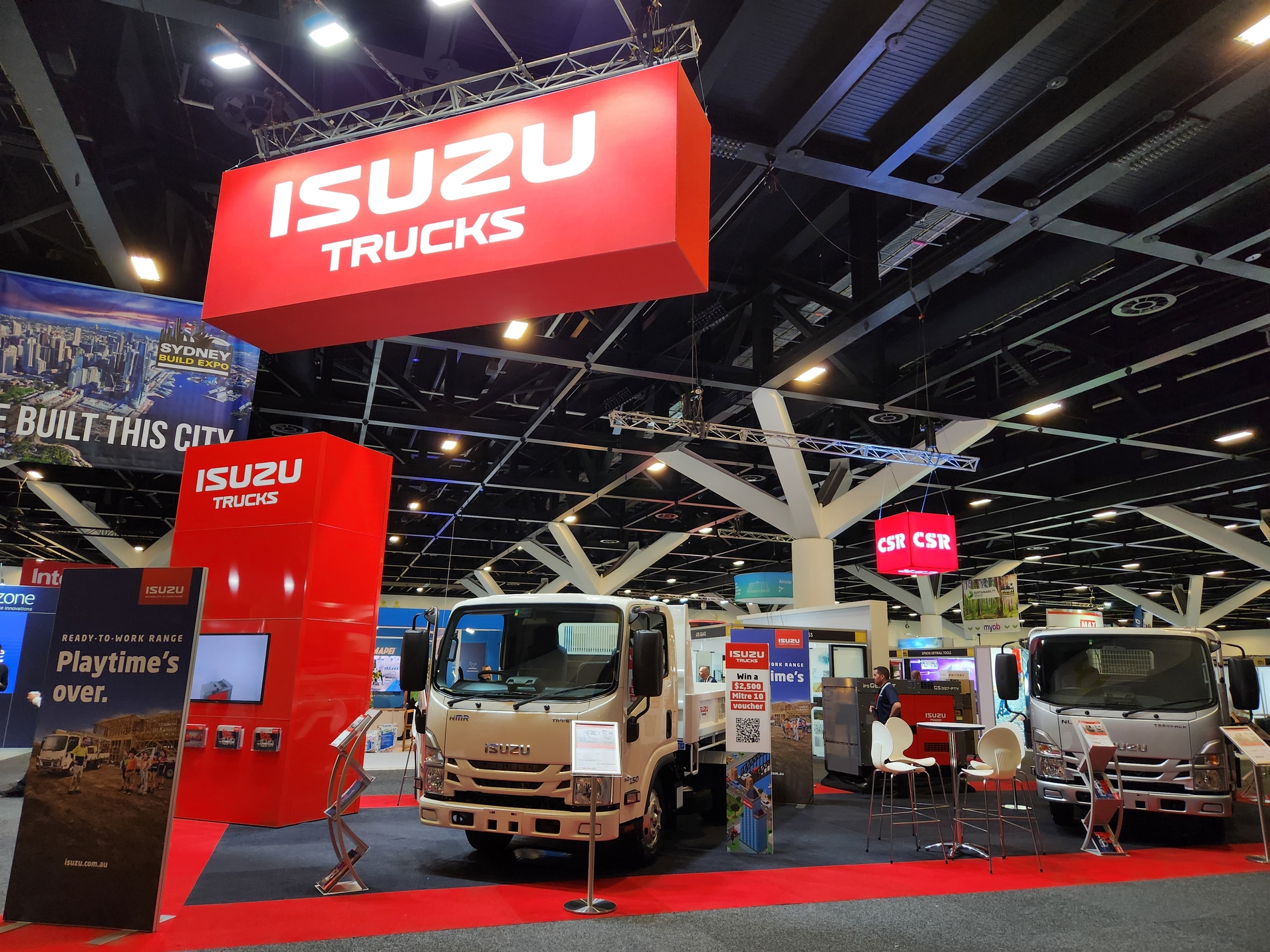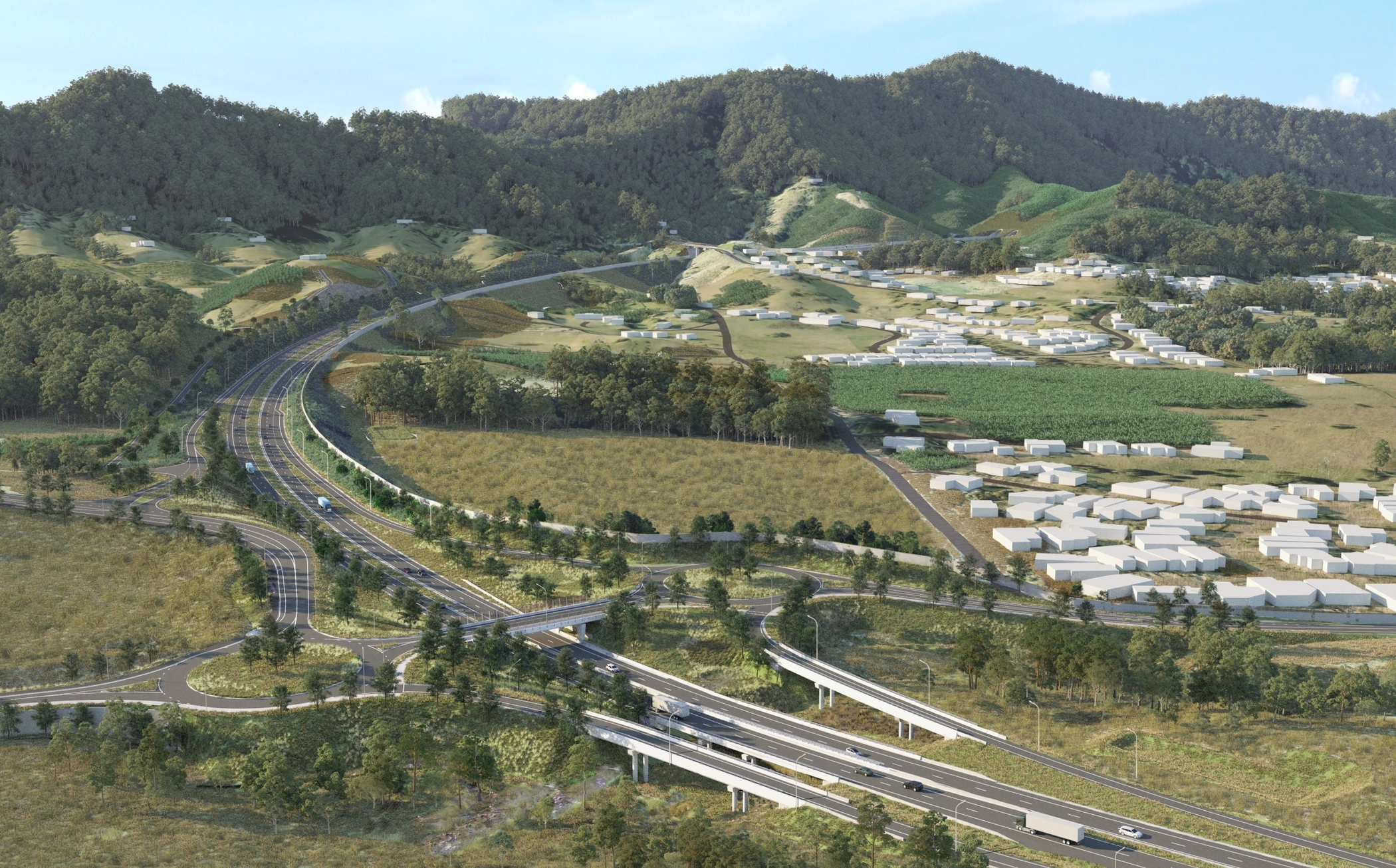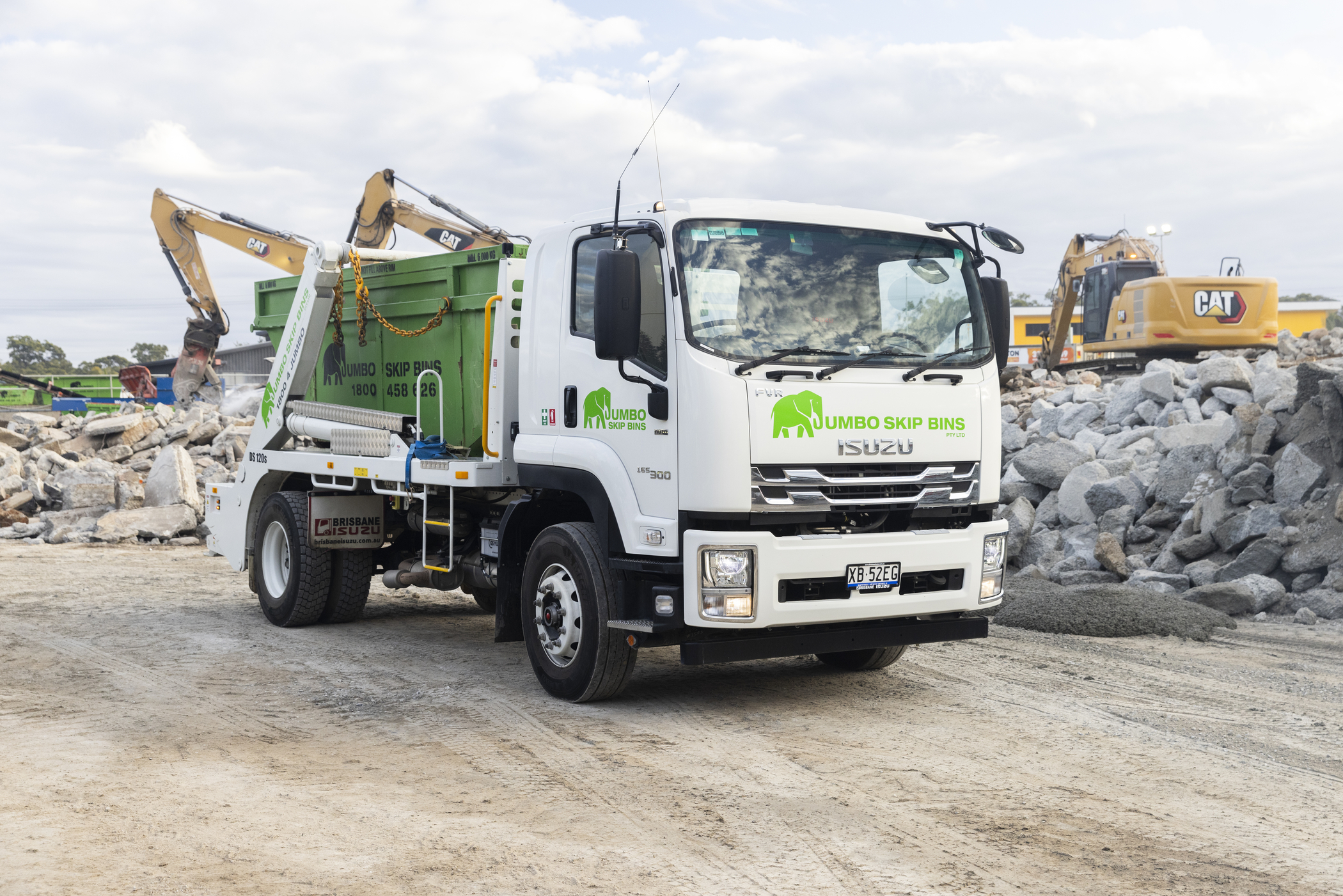SUPPLY CHAINS SINCE THE PANDEMIC: BETTER, OR WORSE?

The freight and logistics industry has keenly felt the impact of COVID-19, operating non-stop throughout the worst of the pandemic. Getting supplies into and across the country has been a masterful juggling act undertaken by hundreds of operators, large and small.
Grappling with increased demand, an exponential rise in parcel movements, and strict health and sanitation processes, businesses have also dealt with border closures restricting access to supplies, suppliers and customers.
One of the key challenges—and one that’s by no means over—has been finding innovative ways to strengthen supply chains around these challenges.
We take a dive into how things have changed since the pandemic began and ask the question: has the freight and logistics supply chain come out better, or worse?
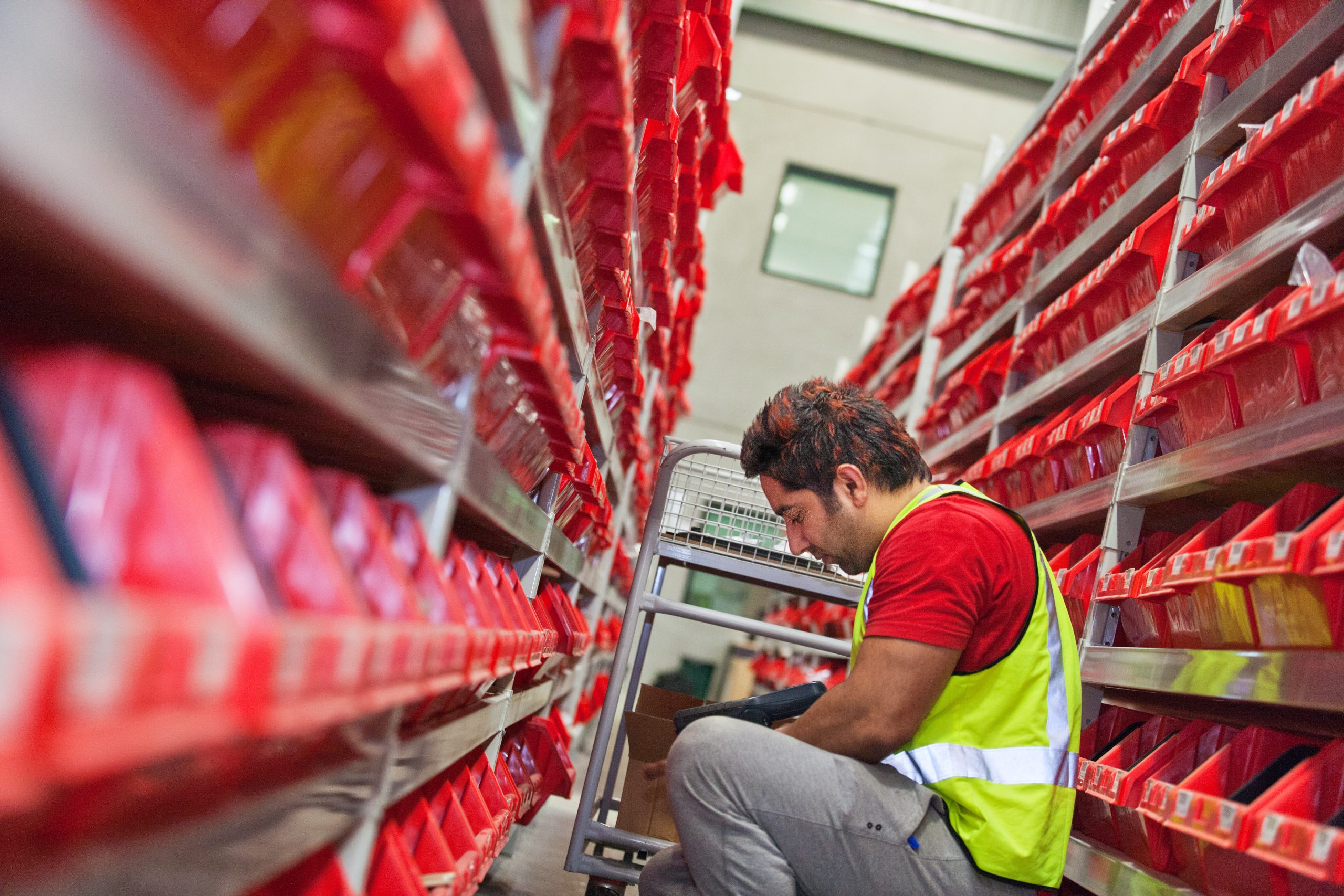
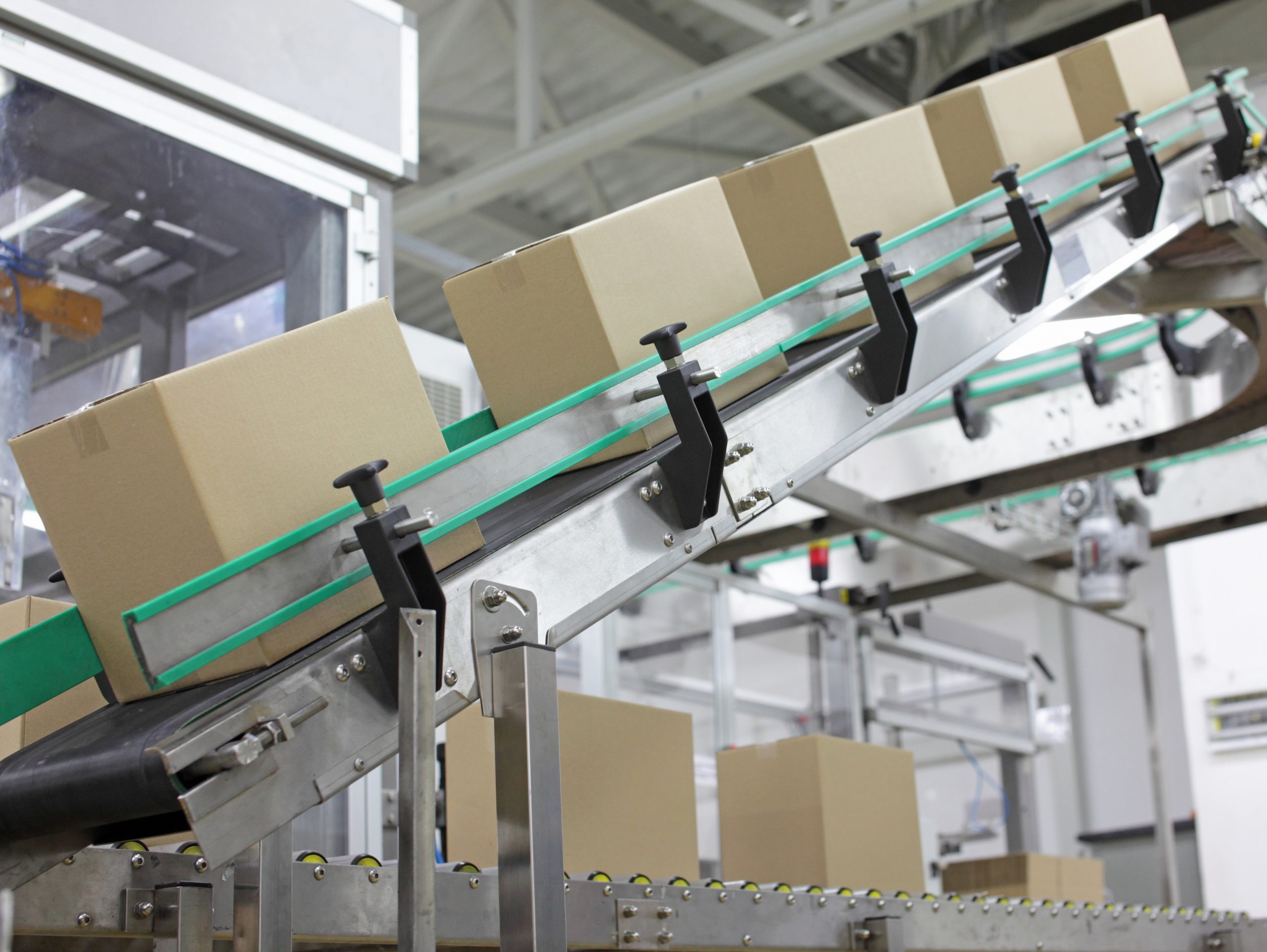
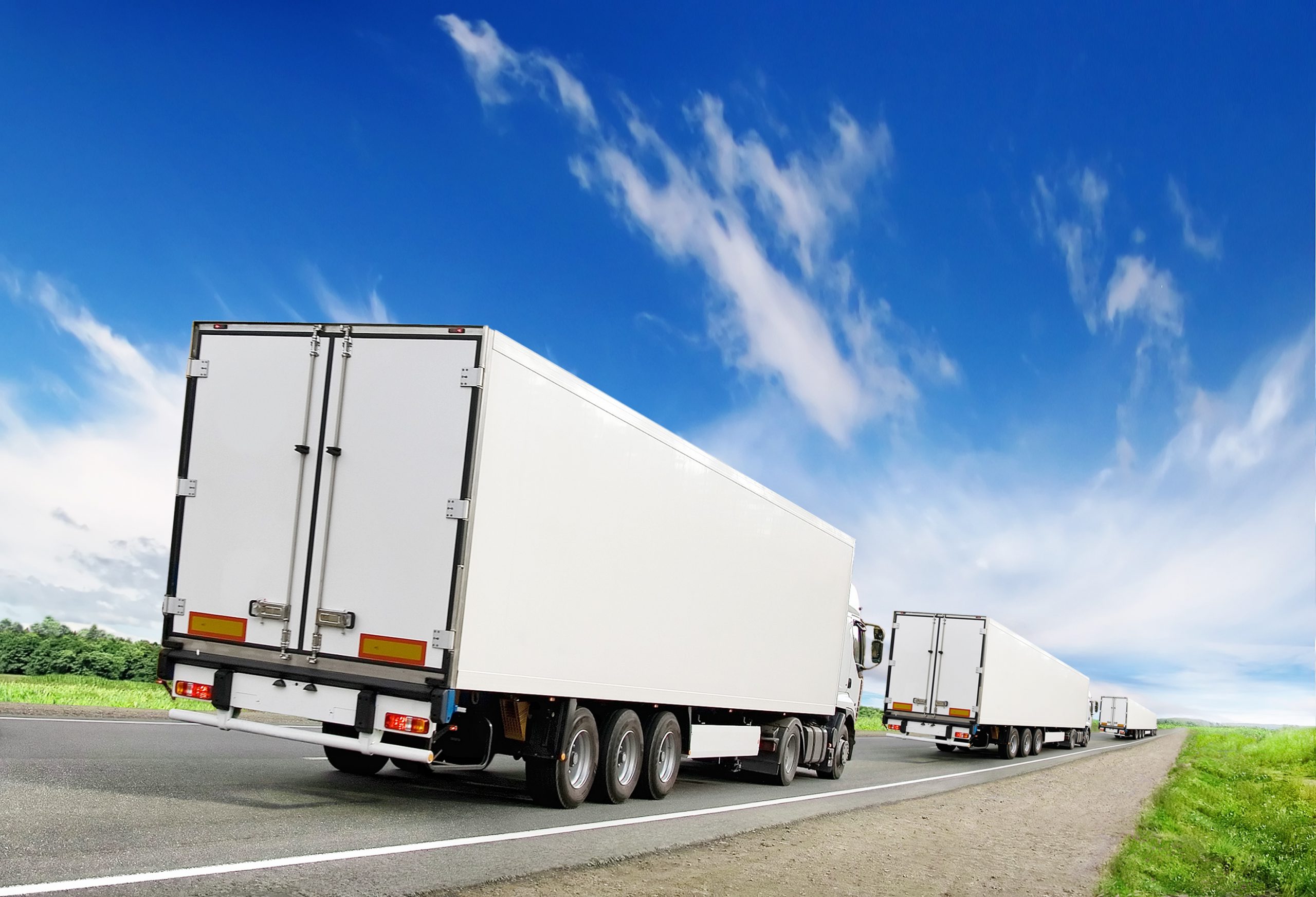


Agile not just a buzzword
Making up approximately 8.6 per cent of GDP, it’s clear freight and logistics is a major component of Australia’s healthy national economy, providing an essential service in more ways than one. In fact, growth in the sector is predicted to reach over 4.5 per cent in the next five years. While that presents a lot of positives, it is also a sign that a ‘business as usual’ approach is no longer viable. The ability to be agile in delivery has been make or break for many businesses, highlighting the need for authentic supply chain visibility—with a potent reminder that the whole process is dependent on everyone involved, from the initial production line origins, right through to last-mile delivery.Supply chain visibility
At the ground level, clear visibility of a freight process means understanding every aspect: from the inbound flow that sees goods delivered to factories and plants, to outbound delivery to the final destination. This includes careful consideration of routes and transport options. With COVID-19 restricting international and internal borders, freight has often been diverted to travel a combination of road, rail, air, and sea more often than before. The potential for shipping delays has been impacted by everything from bad weather to major docking delays. As many countries still content with social distancing regulations that have had a dramatic influence on staff capacity and production targets (not to mention constantly changing entry restrictions), the problems are far from over. In order to identify potential problems and rectify on the fly, businesses have implemented methods of monitoring every step in the supply chain process—upgrading everything from fleet telematics to parcel tracking systems, to employing a critical response team—giving better visibility and the ability to meet unexpected issues quickly. On a macro scale, it’s also meant that federal and state governments have had to step up with more rigorous mapping of integral freight routes that connect nationally significant, predominantly east coast freight destinations.
Freight movement
The National Cabinet agreed to Domestic Border Controls—Freight Movements Protocol on July 24 last year and the enforceable Freight Movement Code was agreed to just a couple of weeks later, on August 7. The Freight Movement Code’s enforceable measures created greater border control consistency between states and territories. This is important for a number of reasons, including road safety, drivers and other transport workers impacted by unanticipated border delays. Because heavy vehicle operators are legally required to take regular fatigue breaks, long delays at borders affect more than a freight delivery meeting a critical timeframe. They mean that drivers who can’t access mandated fatigue breaks are at greater risk of road accidents, physical, and mental health consequences. Better border control consistency mitigates potential risks around drivers who may suddenly need to self-isolate or quarantine and ensure freight can still move through key delivery corridors.
Better… or worse?
Fortunately, our freight and logistics industry has proven to be remarkably resilient, responding quickly to external ‘out of control’ factors. This is unsurprising, given that experienced industry operators are used to adapting and evolving in order to meet the unique demands of the Australian market. Take the Glen Cameron Group for example, who have implemented new fleet technology and processes to meet essential supply demand. But this is just one small example and with health experts predicting that future pandemics may become part of ‘normal’ life, finding agile supply chain solutions is now a crucial part of any long-term business planning. As COVID-19 continues to play out, uncertainty around sourcing goods, parts, and supplies means that exploring different ways to overcome challenges before they occur is a critical way to maintain smooth operations. So, the questions remains: are our supply chains healthier or worse-off since the pandemic? Although ongoing supply delays are frustrating for everyone involved, there’s definitely an argument to be had that there’s better visibility, better strategic management and better compliance across processes—resulting in safer outcomes for workers in some degree—compared to a year ago. Partnerships and collaborations across industries have also arisen in the face of these challenges, which can only mean a stronger supply chain to come. To keep supply chains churning and truck fleets moving on Australian roads, continuity of sales, parts, service and customer support is vital. Read our commitment here.


Playtime’s over, get $3,500* to spend on extras.
If you’re ready to get serious about tackling bigger jobs, grab yourself an NLR 45-150 AMT SWB Traypack from the Ready-to-Work range for $62,990 drive away*. And to prove we aren’t playing, buy any NLR Traypack before June 30 and you’ll get $3,500* to spend on genuine accessories or an Essentials service agreement.
Learn more
